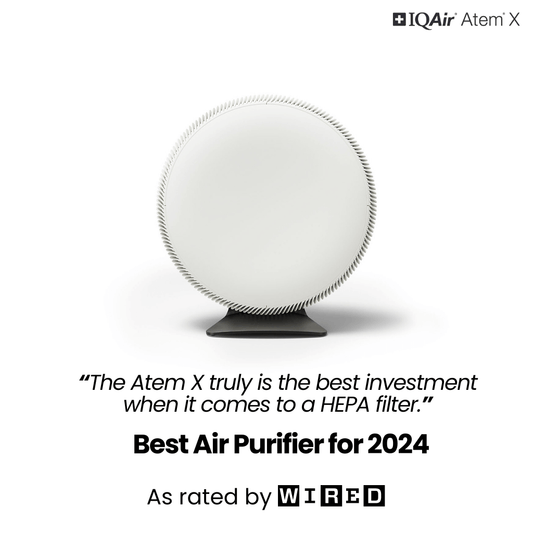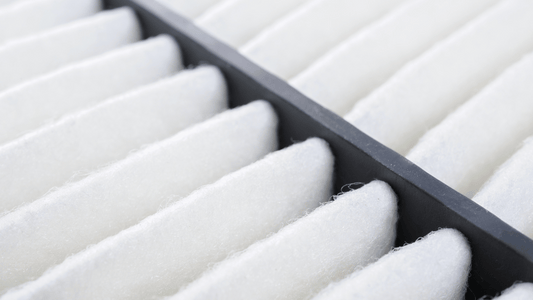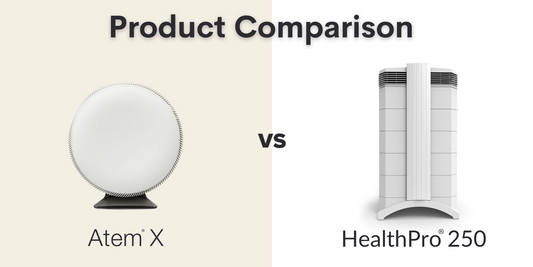In 1999, the American Academy of Asthma, Allergy and Immunology put out a position statement recommending that patients with chronic allergic asthma be advised on indoor allergen avoidance, also called environmental allergen control, as part of their asthma management plan. In an overview published in the Journal of Allergy and Clinical Immunology Dr Peyton A. Eggleston (Johns Hopkins Hospital, Baltimore) and Dr Robert K. Bush (Middleton VA Hospital, University of Wisconsin-Madison) put forward some key points to help guide this environmental allergen control.
Assessment of allergic status
To effectively practice environmental allergen control it is essential to determine a patient’s allergic status before making recommendations. That is, does the patient really have allergic asthma and what specific allergens are involved? A personal, or family, history of eczema, rhinitis or food allergy is one classic indicator. Another is a history of increased symptoms during the pollen seasons, or during exposure to animals, house cleaning or a damp musty environment. A suspected allergic asthma diagnosis can be confirmed with skin testing or blood testing for antibodies to specific allergens. Tests should always be used in conjunction with a medical history to give the diagnosis. A number of studies have linked sensitisation to common indoor allergens to the development and severity of asthma, the most common of which are: house dust mite, animals, cockroaches and fungi.
Dust mite allergens
Specific proteins in house dust mite droppings and bodies have been shown to induce perennial allergic rhinitis and allergic asthma and are thus an important allergen to consider in environmental allergen control. These proteins can be quantitated in dust samples by laboratory assays and it is known that mite allergen levels above 2 micrograms per gram of dust are a risk factor for sensitisation.
House dust mites colonise soft furnishings, soft toys and beddings. The allergens themselves are carried on particles that become airborne. Heaviest exposure occurs from bedding when the patient lies down. Fortunately, there has been a great deal of research into environmental allergen control and house dust mite allergens and we therefore know of avoidance measures that will improve symptoms. Here is a checklist of worthwhile recommendations that are a key part in environmental allergen control for house dust mites:
For the bed
- Encase pillows in covers that have pores less than 10 microns in size
- Encase the mattress in vapour-permeable or plastic cover
- Encase box springs in vinyl or plastic
- Wash bedding every week with allergy friendly laundry detergent
- Remove stuffed animals and toys from the bed
For the bedroom
- Vacuum weekly
- Ensure that you use an allergy vacuum cleaner, i.e. a vacuum that is leakage free and has a high-efficiency particulate air (HEPA) filter on its air outlet and double thickness bags
Changes that are harder to implement/unproven include:
- Reducing indoor humidity
- Replacing any carpet with wood flooring
- Replacing upholstered furniture with leather, vinyl or wood
- Replace curtains with washable shades or blinds
- Avoid living in basements
Animal allergens
Cats, dogs, rats, mice, horses and cows all produce allergens that can cause acute and chronic allergic asthma. Sensitisation can occur either at home or work. An occupational allergy occurs among laboratory animal handlers and farmers. Many of the specific allergens have been identified and originate in the saliva, sweat or urine of the animal, then contaminate fur, dander (shed skin particles) and bedding. For effective environmental allergen control, it is important to point out that these allergens become airborne and remain so, which allows them to become widespread in the environment. The following environmental allergen control measures have been shown to be effective:
- Not bringing a pet into the home
- Finding an existing pet a new home
- Using HEPA air cleaners
- Washing the pet weekly with anti-allergen pet shampoo
Changes that are harder to implement include:
- Restricting a pet to one area
- Keeping the pet out of the patient’s bedroom
- Removing carpet from the bedroom
Cockroach allergens
Several cockroach allergens have been identified and the highest levels are generally found in the kitchen or bedroom. Cockroaches can hide in cracks so extensive cleaning to remove allergens is required if extermination is performed. Research into the impact of cockroach environmental allergen control is limited, but the following measures are worth trying:
- Exterminate with pesticides (usually requiring professional intervention)
- Vacuum and wet-wash the home every day
- Place rubbish outside every day
- Store food in sealed plastic containers
- Seal cracks
- Remove sources of standing water
Fungal allergens
Sensitivity to fungal spores is common among people with asthma. Exposure to fungal allergens occurs mostly outdoors, although many species can invade the home through open cracks or windows. Less is known about sources of allergen exposure with fungi than for house dust mite, animals and cockroaches. Environmental allergen control measures worth pursuing include:
- Closing doors and windows and use air conditioning
- Controlling moisture by dehumidification, sealing water leaks, ventilating kitchens and bathrooms
- Cleaning and removing contaminated material by using an allergy-friendly dust spray
- Using a HEPA air purifier to remove spores
- Maintaining ventilation and air conditioning systems
- Using personal protective equipment when removing contaminated materials
In conclusion, the authors write that most patients with allergic asthma are actually sensitive to multiple allergens. This may involve changing many aspects of their home environment, as listed above, which can be confusing and burdensome. Therefore, physicians offering environmental allergen control advice should do all they can to simplify it and to establish a co-operative partnership with the patient.
Source: Eggleston P and Bush R (2001). Environmental allergen avoidance: an overview. Journal of Allergy and Clinical Immunology 107; S403-405



